South Dakota inspired ICWA but still has high rate of Native children in foster care
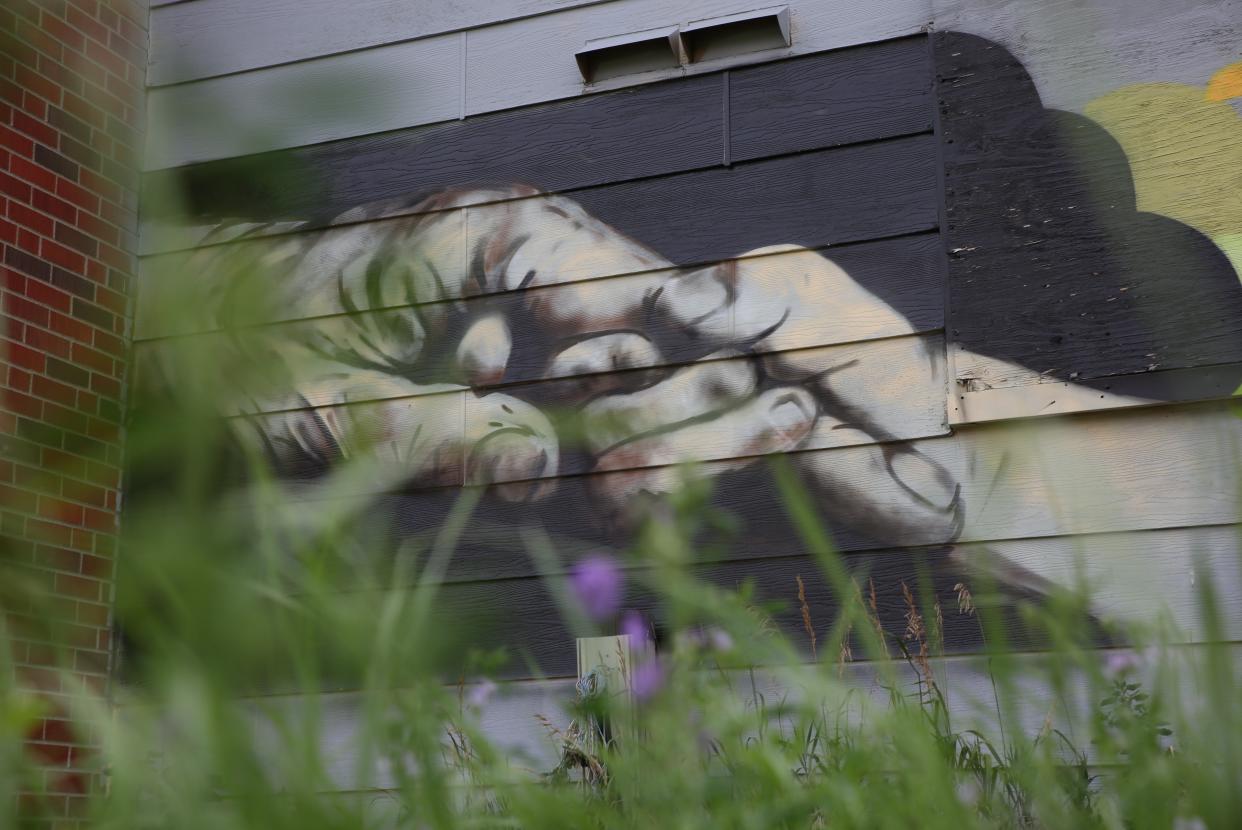
- Oops!Something went wrong.Please try again later.
Editor's note: This is the first in a six-installment series about Native American children in South Dakota's foster care system, produced in partnership between the Argus Leader and South Dakota Searchlight. You can read more on this statewide issue throughout the next two weeks by visiting either the argusleader.com or southdakotasearchlight.com.
Cheryl Spider DeCoteau was nervous.
It was the Sisseton Wahpeton tribal citizen’s first time in Washington, D.C., and she sat in front of two senators, multiple congressional aides, lawyers and clerks in a large, wood-paneled committee room, bright lights shining down. Two of the 23-year-old’s sons, ages 5 and 3, sat in the audience while her 10-month-old son was back home with a babysitter.
It was 1974 and DeCoteau was testifying to a congressional subcommittee about the high rate of removal of Native American children from their families – something she knew personally.
Three years earlier, DeCoteau had been tricked into signing papers giving her second son Robert up for adoption, she said. Nearly eight months after that, her oldest boy, Herbert John, had been at home in Sisseton, on the Lake Traverse Reservation in northeastern South Dakota, with a babysitter when a social worker from the South Dakota Department of Social Services took him away.
At the committee hearing, DeCoteau spoke softly. Sen. James Abourezk, the South Dakota Democrat leading the committee hearing, had to ask her to speak up as she described how John had been placed with a foster family and she had never been told a specific reason as to why her sons were taken.
“The man said that I wasn’t a very good mother and everything, and that my children were better off being in a white home where they were adopted out,” DeCoteau said. “They could buy all this stuff that I couldn’t give them, and give them all the love that I couldn’t give them.”
DeCoteau went through two lawyers in 10 months before Bert Hirsch, who was with her that day in D.C., took her case to get her children back. By April 1973, both boys were home.
A year after the boys came home, in a span of two days, Abourezk and Sen. Dewey Bartlett, R-Oklahoma, heard from DeCoteau and other Native parents, grandparents and social workers about how Native children had been taken from their families and placed into foster care or put up for adoption.
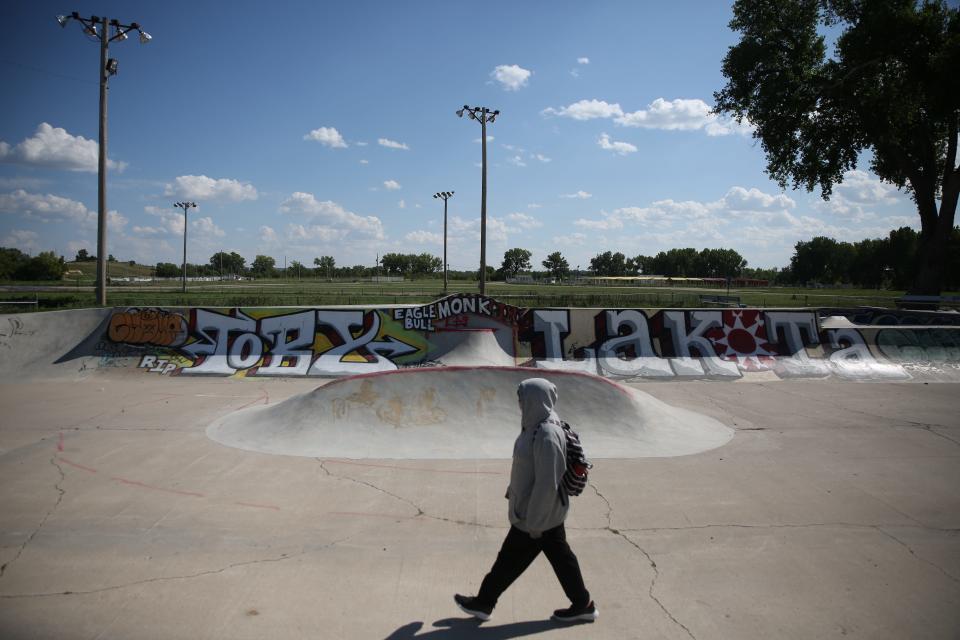
The mission: to understand the high rate of Native American child removals and create federal safeguards to keep more Native children with their families and communities.
The Indian Child Welfare Act passed in 1978 — Abourezk’s flagship legislation in his time in Congress. ICWA mandates that the best interest of the child be prioritized. That includes keeping the child near the family and culture and prioritizing family reunification. The goal was to stabilize Native families and keep their children at home across the country.
Yet, history is repeating itself in South Dakota.
More: Memorial for former US Senator James Abourezk set for Sunday in Sioux Falls
Forty-five years after ICWA passed, South Dakota has one of the highest rates of Native American child removals in the United States.
An Argus Leader/South Dakota Searchlight investigation examined the issues Native families and children face inside South Dakota’s child welfare system. Native American children accounted for nearly 74% of the foster care system at the end of fiscal year 2023 — despite accounting for only 13% of the state’s overall child population.
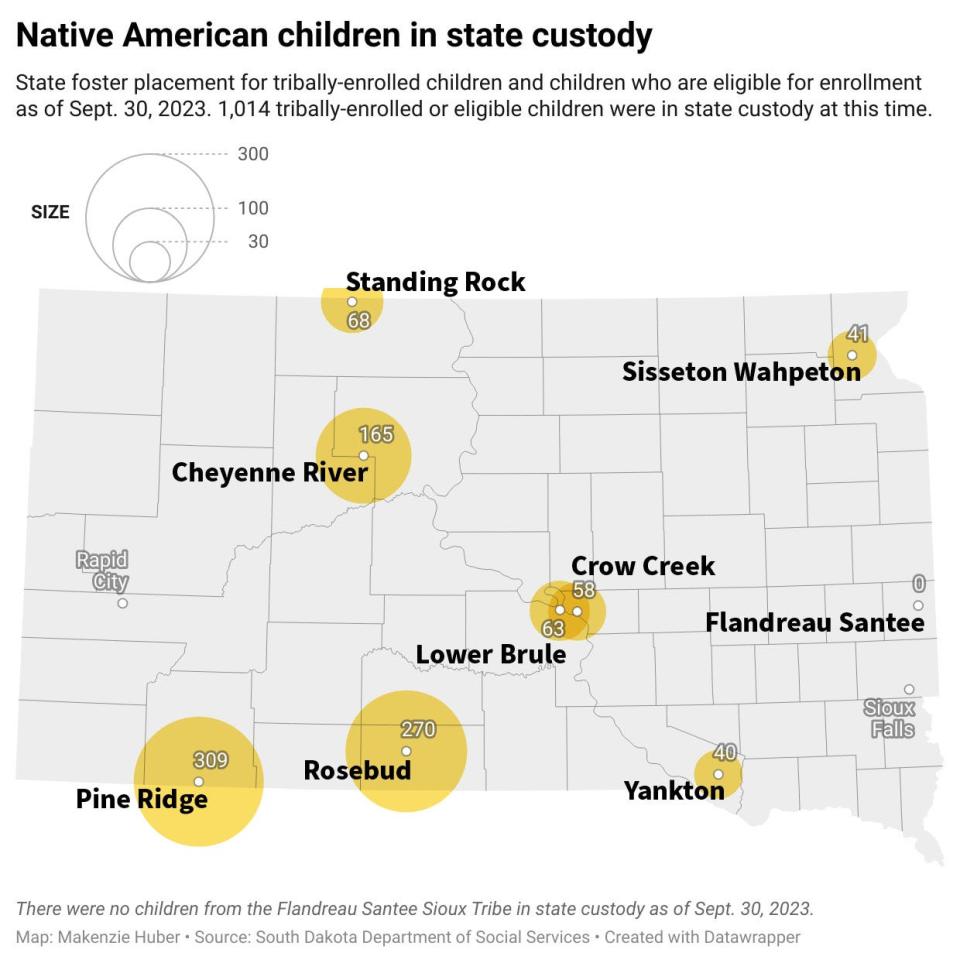
Margaret Jacobs, a professor of American history at the University of Nebraska-Lincoln and director of the Center for Great Plains Studies, said the rhetoric used against Native American communities in the 1960s and ’70s continues to be used as justification to remove children today.
It’s been nearly 20 years since South Dakota began an internal investigation of ICWA because of disproportionate rates of Native children in foster care in 2004. At the time, nearly 60% of children in South Dakota’s child welfare system were Native American.
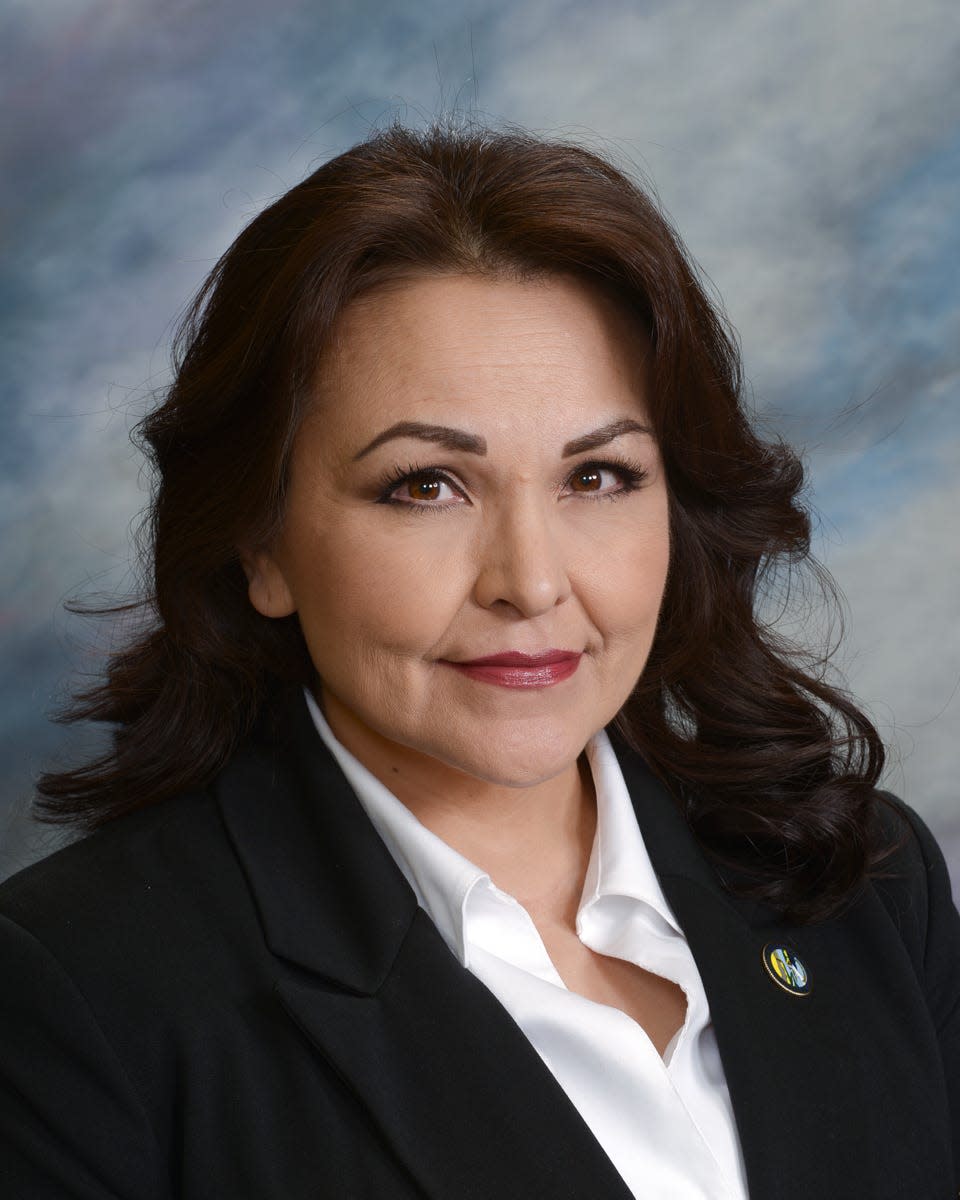
Now lawmakers and legal experts are exploring why the effort failed, since Native child removals remain high, and what is needed to improve the foster system in South Dakota.
Rep. Tamara St. John, R-Sisseton and a citizen of the Sisseton Wahpeton Oyate, is in the process of drafting a state ICWA bill for the upcoming legislative session in January.
"The state’s goal is to do right by ICWA. How do we attack this issue together?" St. John said. "This is a South Dakota issue. These are South Dakota families."
More: Matson: It all comes down to ‘home’
A history of assimilation policies
A hundred years before ICWA was passed, thousands of Indigenous children were removed from their homes and sent to boarding schools. The guiding mission of the schools, such as the Carlisle Industrial School in Pennsylvania, was “Kill the Indian in him, and save the man,” in the words of Richard Henry Pratt, an Army officer and superintendent of the Carlisle school.
Hundreds of Native children died at those schools before the government or church-run schools closed by the 1960s. By 1920, researchers estimate 83% of Native children, some as young as 5, had been enrolled in one of the more than 500 boarding schools in the United States.
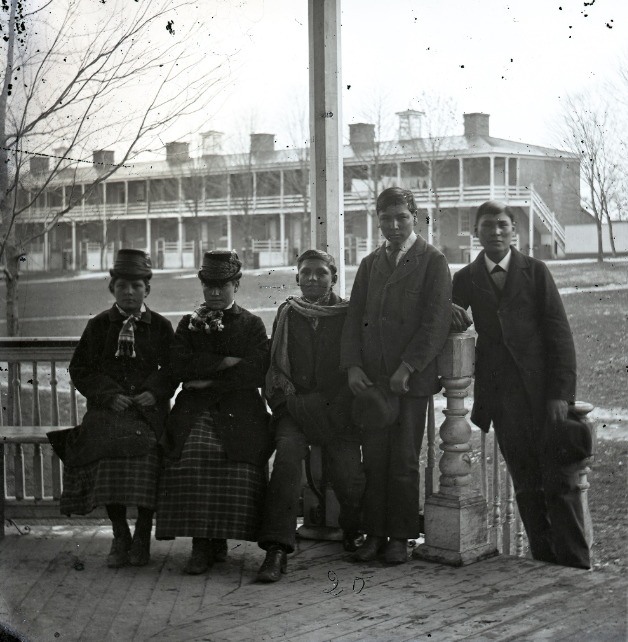
The impact on families and children is ongoing. The removal of Native children became normalized, Jacobs explained, and when those children became parents, they didn’t know how to raise their kids within their own cultural context.
The mother of sisters Mable Ann Hunter and Madonna Thunder Hawk, a Lakota activist and member of the Cheyenne River Waśagiya Najin grandmother group, attended boarding schools in Pipestone, Minnesota, and Flandreau, South Dakota.
Hunter recalls their mother wasn't a loving parent. She told them they couldn't cry, couldn't laugh or "be happy loud," she said. Otherwise they'd get beaten.
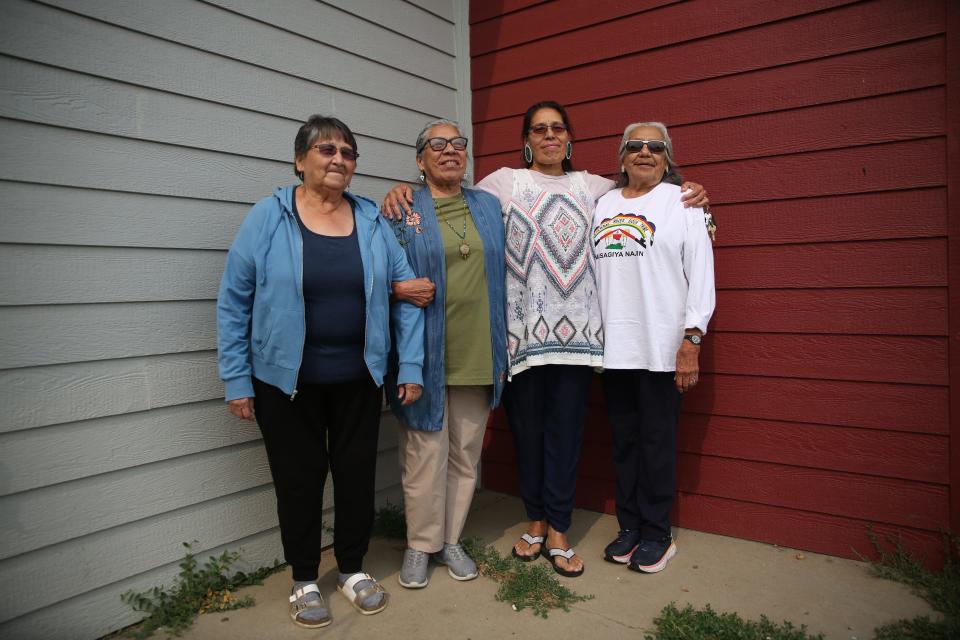
"Punishment, punishment, punishment," Thunder Hawk sighed.
Marcella Gilbert, Thunder Hawk’s daughter, agreed with Jacobs about the generational impact.
"Because of boarding schools, we weren't allowed to be around our parents, so we didn't learn how to parent," Gilbert said. "Instead, we learned violence and all of the abuses."
As boarding schools shut down, the federal government and states turned to new assimilation policies such as the Indian Adoption Project, created by the Bureau of Indian Affairs in 1958 to encourage the adoption of Native children from the western United States to white families in the eastern United States. Australia and Canada implemented similar assimilation policies.
All three governments intentionally shifted assimilation tactics from institutionalization to foster care after they weren’t seeing the outcomes they wanted, said Jacobs, the UNL professor. A study conducted during the 1960s found that 25-35% of Native children in America had been separated from their families and placed in white foster or adoptive homes.
Social workers and government agents would deem Native families unable to care for their children because of the circumstances of where they lived, Jacobs said. Large multi-generational families would live in a home together, with siblings sharing beds, and sometimes the bathroom was an outhouse.
More: South Dakota senators pass measure expanding courts' discretion in child abuse cases
St. John, who serves as tribal historian for the Sisseton Wahpeton Oyate, said some children who were fostered or adopted out of the tribe return as “lost birds” — adults lacking connections to their cultural and familial roots.
Many Native families continue to live in multi-generational households today due to housing shortages.
Neglect is routinely used to justify the removal of children and was cited as the main reason for removal in 68% of cases in 2021 in South Dakota, according to the National Data Archive on Child Abuse and Neglect.
Rep. Peri Pourier, D-Pine Ridge and a member of the Oglala Sioux Tribe, sponsored three unsuccessful bills during the 2023 legislative session to codify certain parts of the federal ICWA law into South Dakota law.
“Being born and raised in one of the poorest counties in the country, I can tell you that neglect often looks like poverty,” Pourier said on the House floor.
Better compliance with federal foster care guidance needed, ICWA directors say
Another federal law implemented to keep children from languishing in foster care for a prolonged amount of time has created some confusion over whether ICWA should be prioritized in child welfare cases involving Native children, according to BJ Jones, a tribal judge who currently serves as director for the University of North Dakota’s Tribal Judicial Institute.
The Adoption and Safe Families Act of 1997 states if a child has spent 15 out of 22 consecutive months in state care, then the process to terminate parental rights can begin if efforts to reunify the family are not working.
In South Dakota, the state Supreme Court ruled in 2005 that ICWA must be prioritized over ASFA.
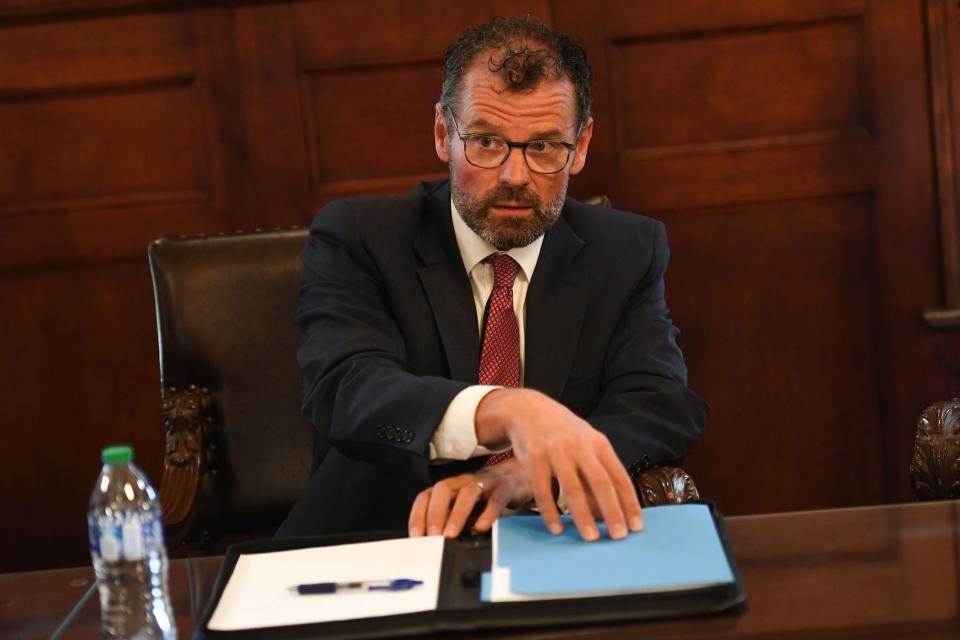
State Department of Social Services Secretary Matt Althoff said the court’s finding has been obeyed “unequivocally.” But he added it’s not the department’s role anyway: it’s the judge and court system’s.
“I don't think you're going to find a sort of gold standard or the right amount of time,” Althoff said, “but I do want to emphasize that there is a sequence and methodology that our team is using to arrive at data that can be presented to the court. And it always, always starts with reunification, if at all possible. That is the North Star for all that we do."
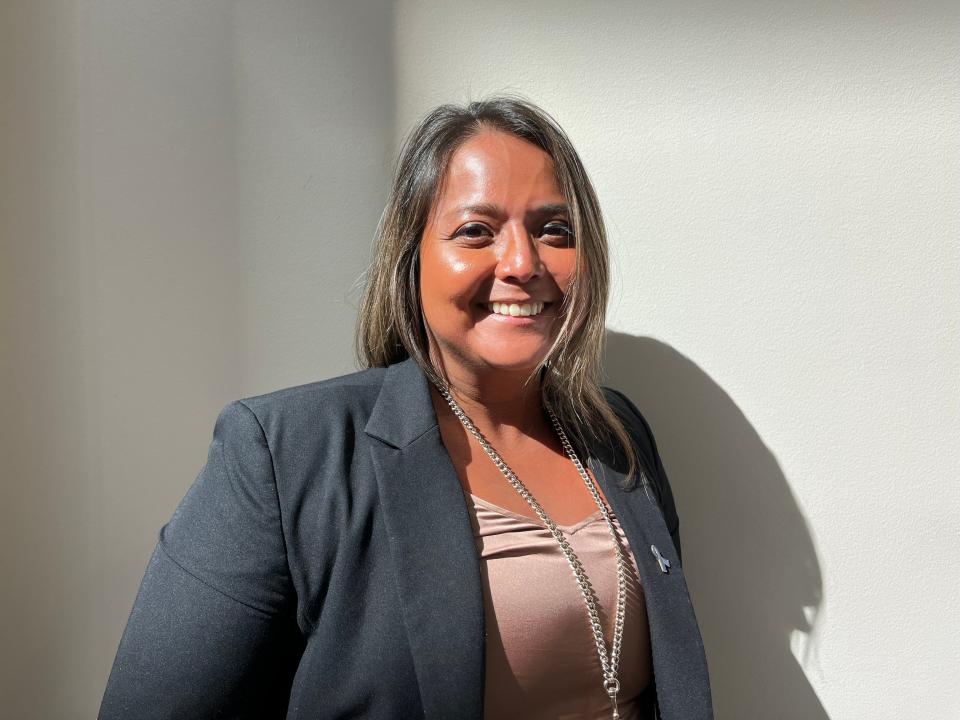
But more can be done. Jessica Morson, the South Dakota ICWA Coalition director who also serves as the Flandreau Santee Sioux ICWA director, wants the state to conduct an audit of recent child welfare cases to ensure ICWA is being followed.
Jones, who co-chaired the 2004 ICWA commission, said the state can go further than a ruling from South Dakota’s highest court.
"I thought it would be good if South Dakota clarified and put into code the South Dakota Supreme Court's decision that the state doesn't have to follow ASFA timelines when there's an Indian child involved, because the federal law prevails over that," he said.
Outcomes from 2004 commission
Of the 30 recommendations made by the 2004 commission, a majority have been implemented.
According to the state, all of the recommendations pertaining to the governor’s administration, the Legislature and state’s attorneys were implemented. The state DSS implemented 20 of its 21 recommendations — such as having a “qualified expert witness” who could explain Lakota family traditions in a courtroom, which continues today with over 20 qualified witnesses listed by the courts — and the Unified Judicial System implemented at least two of its seven recommendations. Tribal governments were responsible for four recommendations: two were not implemented and the state does not know if the other two were implemented.
The commission listed another six steps key players could take that were not included in its official recommendations.
Two of the official recommendations focused on kinship placements, which keep children closer to their community and their culture by placing them with relatives instead of foster families. The recommendations included hiring Department of Social Services staff to locate the child’s next of kin and to find all possible kinship relations.
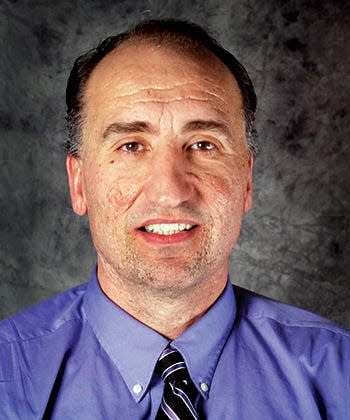
Jones, who was practicing law in South Dakota at the time he co-chaired the 2004 commission, said it seemed apparent that a majority of Native foster children were being placed with non-Native foster families. That is still the case today, since only 11% of foster families are Native American.
However, Jones explained, kinship placement families aren’t eligible for the same financial assistance as foster families unless they become state licensed foster families.
Other issues found by the 2004 study included a lack of resources for foster care, and ICWA offices not responding quickly to child enrollment inquiries to transfer cases to tribal court. These remain issues 20 years later.
Legislation drafted in 2023 would’ve recreated the task force since the rate of Native children in state foster care has increased significantly in 20 years.
“I wish that bill had passed and there was another study just to see where the state is now in complying,” Jones said.
More: It takes a village: SD foster program is a new model of care for Indigenous children
Should South Dakota implement a statewide ICWA law?
Jones told a panel of lawmakers in June that in 2005, the commission didn’t believe South Dakota needed to create its own version of the federal ICWA law.
In the early 2000s, Nebraska, Oklahoma and Minnesota were some of the only states to have codified ICWA into state law, according to the National Conference of State Legislatures.
Today, South Dakota is the only state in the Northern Plains region not to have a state ICWA law. Wyoming, North Dakota and Montana all passed ICWA laws during their 2023 legislative sessions.
Legislation in 2012 would have taken portions of the federal ICWA law and placed them into South Dakota statutes. The bill sought to find better ways to notify tribes that a child’s case could be transferred to tribal court and create preventative solutions for a family prior to their child being taken into state custody. Additionally, the bill would have created an advisory council made up of state and tribal stakeholders to craft better policies for Indian child welfare in the state.
Eleven years later, legislation in 2023 would’ve mandated DSS to better comply with active efforts, which is a list of ways for child welfare workers to reunite families and support parents and children. The BIA lists 11 active efforts, including keeping siblings together and helping identify and attain community resources for parents to get housing or treatment for substance abuse.
St. John plans to introduce state ICWA legislation in 2024 at the recommendation of Jones and ICWA officials from Sisseton Wahpeton Oyate.
While the legislation is still in the development stage, St. John said she hopes it can fill in ICWA compliance gaps in the state, specifically:
Prioritizing ICWA over ASFA timelines.
Defining active efforts and neglect.
Opening up communication and partnerships between tribes and the state.
Tribal ICWA coordinators like Oglala Sioux Tribe’s Juanita Scherich and Crow Creek’s Christian Blackbird want to see better notification for tribes when a Native child is in DSS custody and can be transferred over to tribal custody.
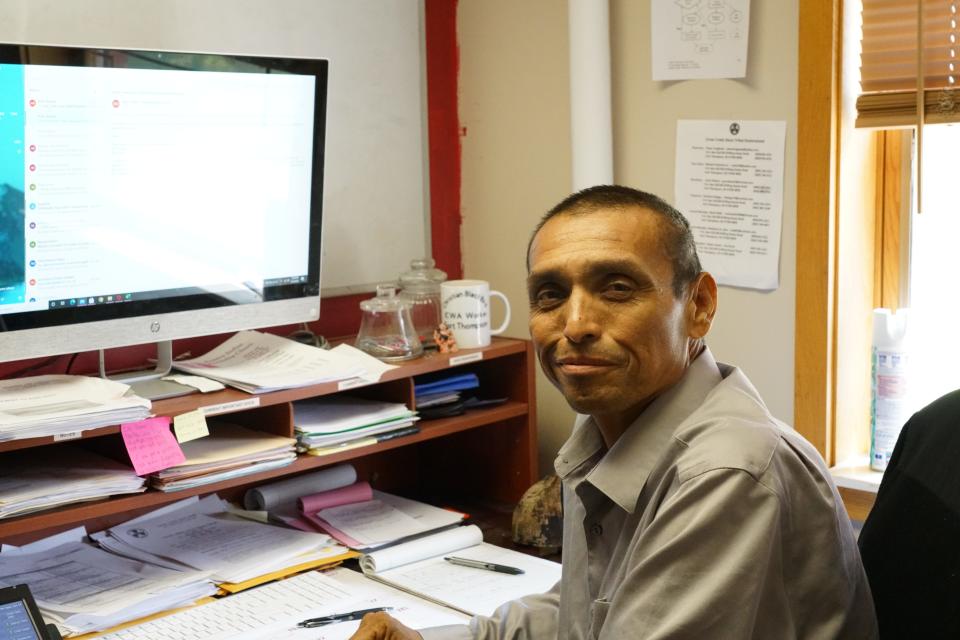
Blackbird said that in court, he’s been told by state child welfare representatives that they exhaust all efforts to find a kinship placement for the child. But he has often found distant relatives willing to take the child after the state gives up. Blackbird’s office had to intervene and send letters to the state to ensure the child’s kinship was prioritized over foster placement.
Jones wants state, federal and tribal partners to examine all policies that can contribute to the removal of Native children.
"The federal government, the state and all the tribes need to just sit down and work this out," Jones said. "The feds have to be at the table because, after all, it was really the federal policies that started this through the removal of Native kids.
This article originally appeared on Sioux Falls Argus Leader: How ICWA law was inspired by South Dakota

